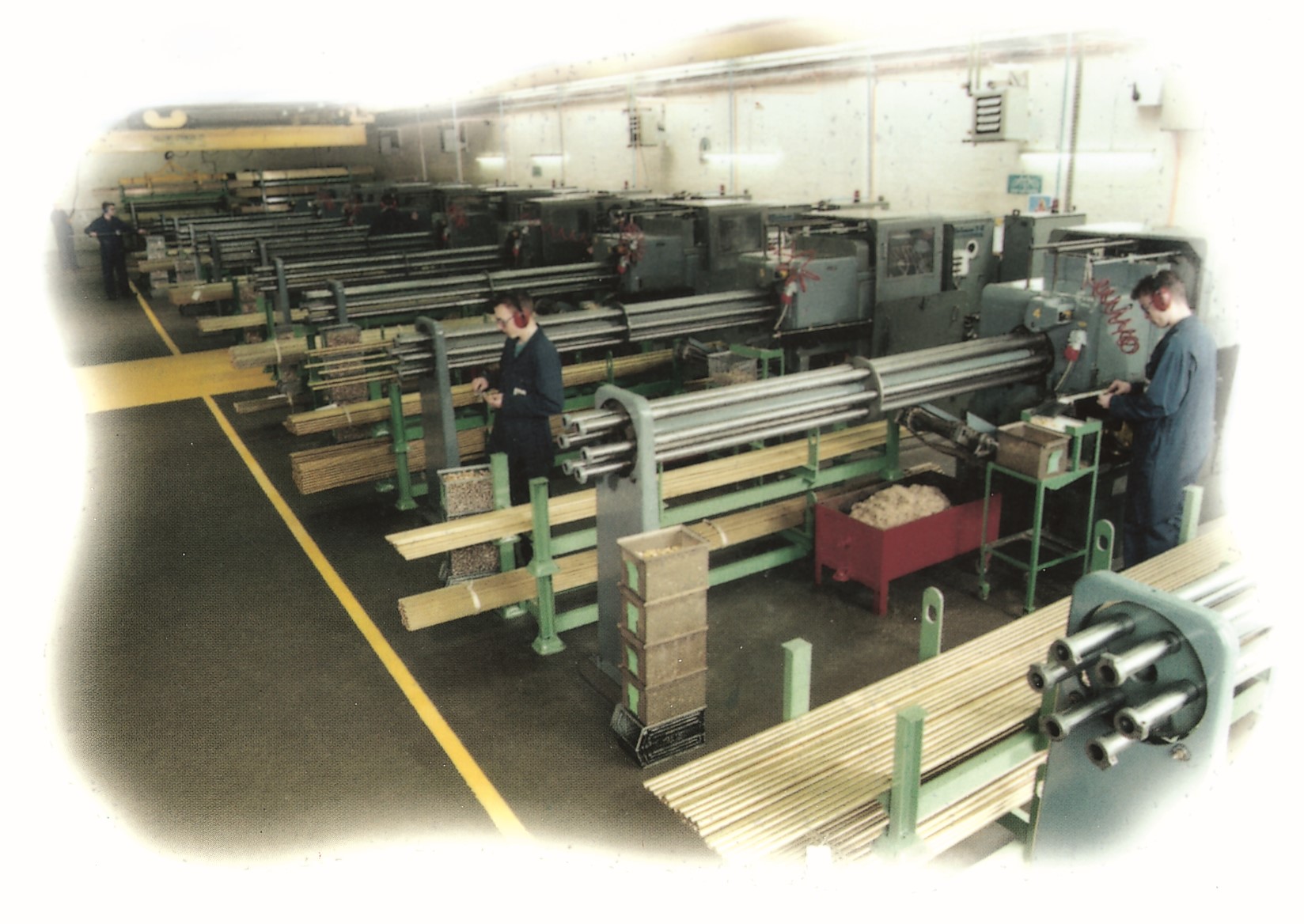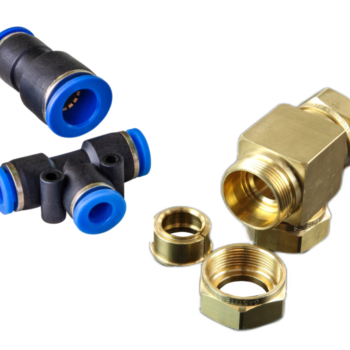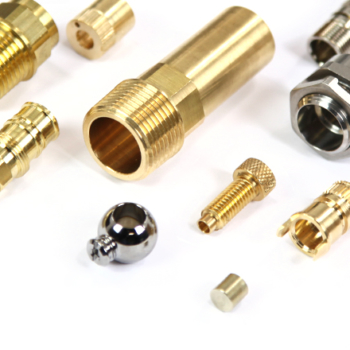The Environmental Impact of Brass Turning: Is it Superior to Other Materials?
Finding greener processes is now a priority for all manufacturing teams. So, when working with brass, understanding the environmental impact of turning brass parts is an important factor.
This is a quick guide on how to reduce the environmental impact when manufacturing turned components. It will provide the info you need to know on improving your manufacturing processes and decision making.
Brass Turning Manufacturing Process
The history of brass as a material used by humans dates back over 2,500 years and has been used for many purposes in many cultures. Before learning how to reduce the environmental impact, it’s important to understand how the parts are manufactured and what options are available.

1. Material Selection and Preparation
Brass alloys have many benefits when compared to plastics and other materials that may be used in manufacturing. They are durable, machinable, conductive, corrosion-resistant, and capable of handling heavy workloads. Hard brasses, for example, are ideal for bushings while standard brasses can be great for valves or electrical gland fittings.
2. Machining
Turned components are simple in the fact they use standard size bars/ rods. The bars are fed into machines and a series of tools cut, swage and form the material in order to transform the bar into usable components.
3. Ensure Dimensional Accuracy
Precision CNC machining control is via the NC program. The NC program guides tools to turn, thread, mill, bore etc to shape the part to the required form.
Cam operated machines control dimensional accuracy with forming tools. Designing tooling with quality control in mind ensures repeatability and reliability in the finished component.
4. Cleaning
The machining process deposits oil and debris on the components. Components typically go through a cleaning operation to remove oils and swarf debris.This operation also prevents staining issues if soluble cutting fluids are used in the manufacturing process.
5. Measuring
After completing the subtractive machining methods, it’s vital to check the dimensions of the component before completing further operations or dispatching to the customer.
6. Surface Treatment
Some components require surface treatment to prevent corrosion or to enhance aesthetics. Other surface treatments could be a grinding or polishing operation.
7. Final Product
After completing the subtractive machining methods, it’s vital to check the dimensions of the component before completing further operations or dispatching to the customer.

How to Reduce the Environmental Impact When Manufacturing Turned Components
There are several ways to potentially reduce the environmental impact during the manufacturing process while simultaneously bringing several financial benefits. Here are five of the best.
Focus on Energy Efficiency
There are numerous ways to manufacture components. However, choosing the most cost effective and efficient way usually has the least environmental impact. An experienced manufacturer will have a production engineering department that will design how to manufacture components with the minimal amount of operations.
One of the best ways to minimise energy usage during turning processes is to optimise the machine settings. When combined with using the OEE method to keep machines and productivity in good health, the financial and environmental efficiency will soar.
Control Quality
Tooling design plays a big factor as quality can be built into the tooling to control dimensions and eliminate errors. Controlling quality during the manufacturing process eliminates scrap and the energy to remake and replace any defective products.
Manufacturers who adopt a continuous improvement mentality constantly tweak and refine processes to find cost savings in cycle times, operational costs and quality. Driven to find savings these improvements usually means a reduction in energy to manufacture the components.
Machine Type
Depending on the quantity and complexity of the component, the machine type selected for the manufacturing process can play a huge factor in time and energy conservation. Low volume production batches are typically manufactured on CNC machines, but they can sometimes take minutes to complete. CNC machines have numerous servo motors which draw a lot of power. Multi-spindle machines produce parts in seconds and often require less energy. Combine this with short production cycle times, the energy is vastly reduced making multi-spindle manufacturing much greener.
Waste Reduction
To reduce the amount of waste from your brass turning assignments, you can start by focusing on the the 5 Rs. An effective waste management will focus on efficient production processes that prevent waste while simultaneously appreciating the benefits of minimisation.
Co-operation between design teams and the manufacturer often leads to improved design features and material reduction which in turn reduces waste, cost and environmental impact.
Select the Right Materials
The importance of material selection and preparation isn’t limited to the manufacturing processes. Selecting materials that are difficult to machine such as Stainless Steels limits how components can be made and how quickly. Tooling also plays a big part as tougher materials will require frequent tool / tip changing. Tool life has an enormous environmental impact that can sometimes be overlooked.
Standard brass alloys have a very good machinability rating allowing components to be manufactured faster. The use of carbide tooling when machining brass means tool changes are extremely low and tool life is excellent.
Selecting alloys with a higher percentage of recycled content is advised as this reduces the environmental impact of mining and refining new materials.
Good News: Brass is a Recyclable Material
Brass is an alloy of zinc and copper. Therefore, as with other metals, it is infinitely recyclable, meaning the material could potentially be recycled time and time again without losing physical or chemical properties.


The Advantages of Using Turned Brass
Environmental Advantages
Brass can be recycled with less energy than other metals like aluminium and steel. This results in a smaller carbon footprint which, when combined with some of the above tips on reducing the environmental impact of brass, can lend itself to greener manufacturing and machine work.
Economic Advantages
Brass turning offers economic advantages, especially when selecting the right type of brass material. For example, brass scrap offers a cost-effective solution for hot forging and extrusion. When combined with the economic recycling of surplus materials, which is made possible by the infinite recycling capabilities, the financial savings are huge.
Value Comparison
Brass is more expensive than steel. However, the combination of increased efficiency factors, reduced cycle times, corrosion resistance which negates the need for plating will compensate for this easily. Brass turnings can be worth 20x that of steel, for example. When working with large volumes of material, the reasons for choosing brass are clear.


